10 Reasons Why a Ship is Called She? Have you ever wondered why ships are referred to as “she” instead of “it”? This curious linguistic tradition has captivated the maritime world for centuries. In this article, we will explore the intriguing reasons behind calling a ship a “she.”
Delving into history, symbolism, and cultural beliefs, we will uncover 10 Reasons that shed light on this age-old practice of calling Ships as “She”
It’s a peculiar linguistic tradition that has stood the test of time. In this article, we will dive into the fascinating world of maritime terminology and explore the 10 reasons why a ship is called a she. From historical origins to nautical superstitions, we will unravel the mysteries behind this linguistic phenomenon.
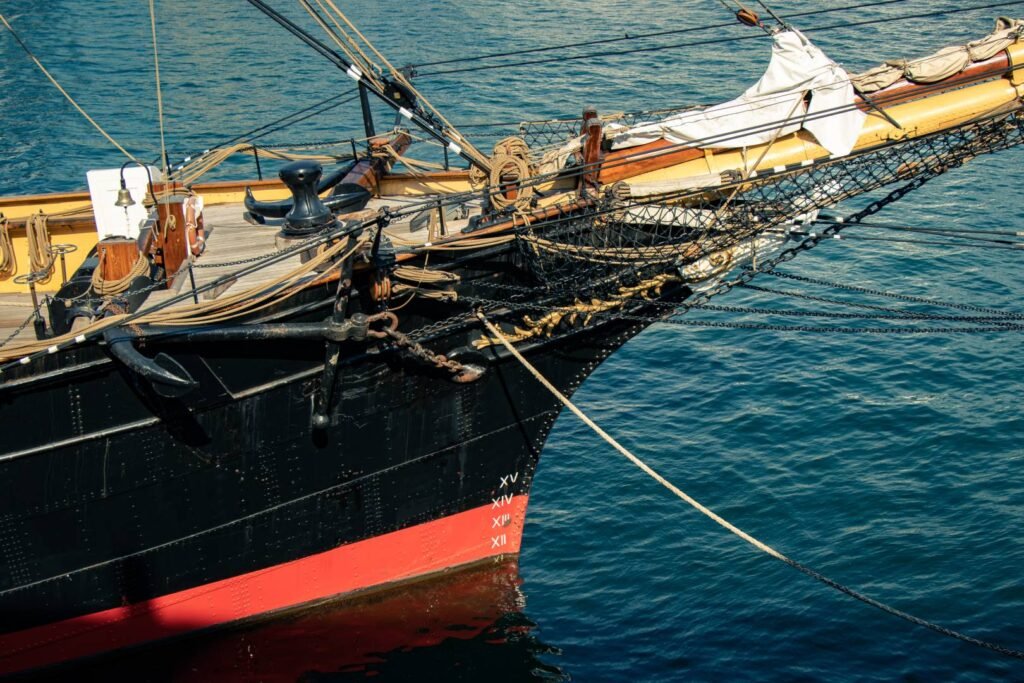
As I stepped on my First ship, it was a Container Ship and first thing the Mate asked me was,
Why are ships called she?
Why are ships called she?
“A ship is called a she because there is always a great deal of bustle around her;
there is usually a gang of men about;
she has a waist and stays;
it takes a lot of paint to keep her good-looking;
it is not the initial expense that breaks you, it is the upkeep;
she can be all decked out;
it takes an experienced man to handle her correctly;
and without a man at the helm, she is absolutely uncontrollable.
She shows her topsides, hiders her bottom and, when coming into port, always heads for the buoys.”
But that’s not it, there lies a lot behind calling Ships “She”
Old sailors used to answer this with a sexist joke: “Like a woman, a ship is unpredictable.”
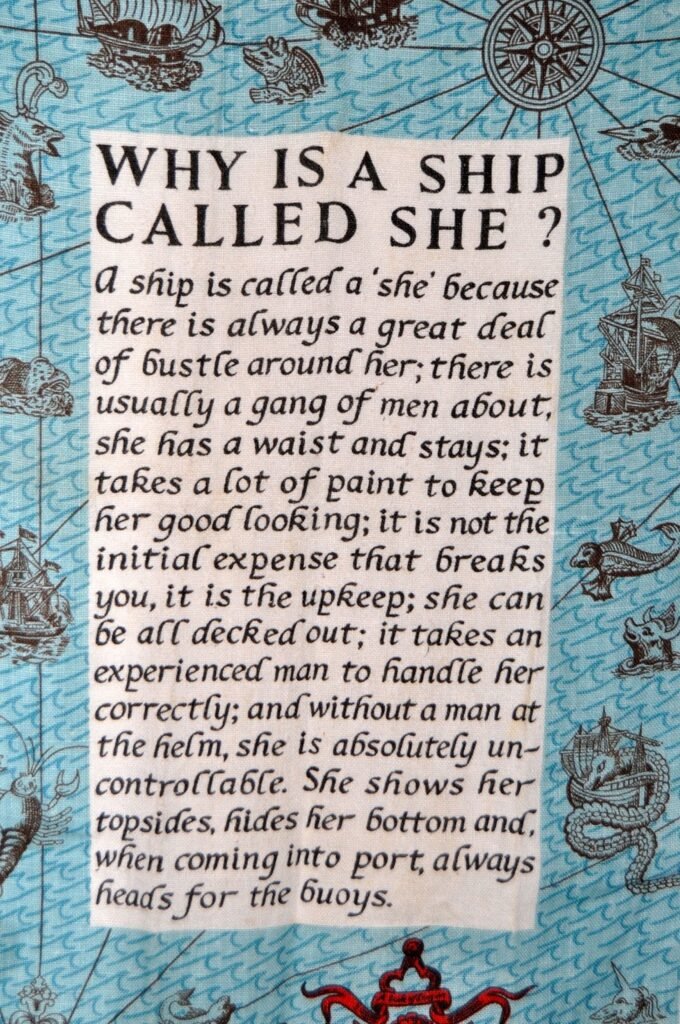
10 Funny & Logical Reasons Why a Ship is Called a She
This post brings to you the logical and funny reasons to call a Ship as She
- Ships Looks beautiful: Anyone seeing a ship at sea from shore would appreciate how beautiful the ship is. Neatly painted hull, colorful flags flying in the mast, curves of the hull definitely make the ship charming.
- Ships Behaves like a woman: If you look after her, she will take care of you. If not, she will ditch you. You have to love her or she will make you suffer. During the good old days, when mariners were only men, she was their pretty woman.
- Seen as Goddesses and Angels: As ensuring the safety of the life of the sailors were in the hands of the ship, traditionally ships were dedicated to goddesses and angels by naming them. Thereafter mostly female names are given to the ships.
- Grammatical Gender: Certain languages like Indo European languages have grammatical gender, where the word for ship is feminine.
- Clean and tidy: To ensure better crew health and machinery health (read reliability), the whole ship is kept spick and span and ensures good housekeeping like a woman who spends most of the time in keeping the house in order.
- Hard taskmaster: Life at sea demands tough ship routine, keeps the crew always occupied like a woman who always prefers to keep you in her bond.
- Prefers company: Ship at sea generally keeps watch for other ships at sea like a woman who does not like loneliness and looks for company.
- 360°of freedom: Ship is free to sail 360°around the globe like a woman who prefers total freedom in her movements.
- Costly to maintain: The running costs of a ship are mostly high like a woman who goes on a spending free on shopping.
- Up-gradation: Ship needs machinery up gradation during the whole life cycle to remain sea worthy like a woman who upgrades to latest fashion, cosmetics, dress.
10 Reasons Why Ship is Called She

Ahoy there, mate! Have you ever wondered why ships are often referred to as “she”? So, batten down the hatches and set sail on this voyage of discovery!
- Why are ships called she?
- 10 Reasons Why Ship is Called She
- Historical Perspective behind Why Ship is Called She?
- Personification and Femininity
- Motherhood Metaphor
- Naval Superstitions and Beliefs
- Naval Terminology and Linguistics
- The Concept of “Ship as a Home”
- Female Pronouns Are Often Used in Traditional Ceremonies
- Vessel as an Extension of the Crew
- Historical Role of Women in Navigation
- Romanticization of the Sea
- Many Believe That a Female Ship Would Provide a Protective Role
- “Why We Call a Ship a She?”
- There Has Been Increasing Controversy Surrounding Calling Ships ‘She’
- The Myths Surrounding Why Ships Have a Female Gender
- What Really Shaped Our Language?
- FAQs about Why Ships are Called “She”
Historical Perspective behind Why Ship is Called She?
Historical Personification: The tradition of referring to ships as “she” has its roots deeply embedded in maritime history. It goes back to ancient times when sailors and seafarers began to associate their vessels with feminine characteristics. This tradition has stood the test of time, passing down through generations of sailors and maritime enthusiasts.
Sailors are known for their adherence to age-old traditions. Referring to ships as “she” is deeply rooted in maritime lore and customs. This tradition has been passed down through generations of seafarers, reinforcing its significance and perpetuating its usage.
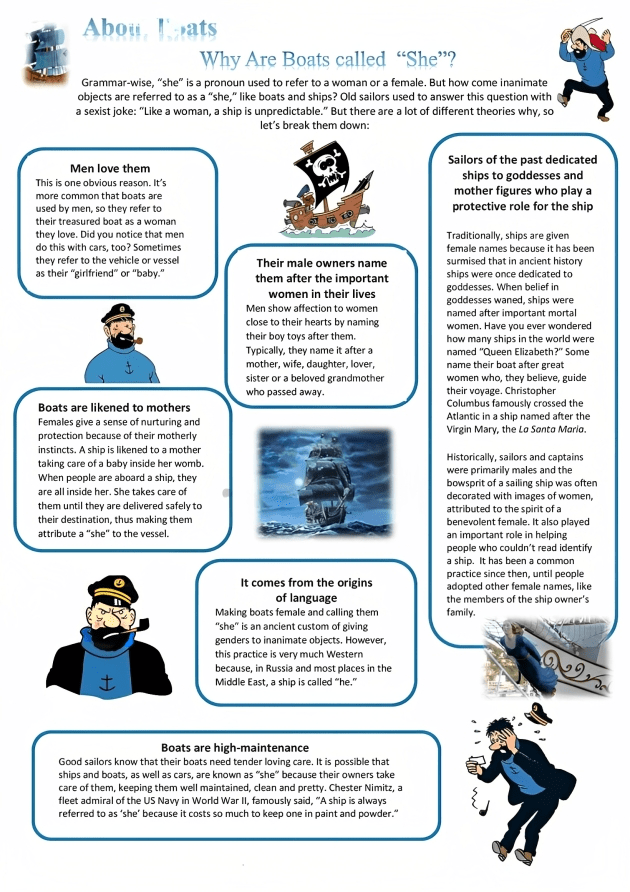
Personification and Femininity
One of the key reasons why a ship is called a “she” is the personification and femininity attributed to these majestic vessels. Ships, with their graceful lines and elegant designs, often evoke a sense of beauty and femininity. Their sleek curves and towering masts resemble the delicate features of a woman, making the association with the feminine form quite natural.
Moreover, ships require meticulous care and nurturing, just like a woman. They demand constant attention, maintenance, and repairs to stay seaworthy. Sailors, who spend considerable time onboard, often form a deep emotional connection with their ships, treating them with care and respect akin to that of a woman.
Motherhood Metaphor

Another reason for referring to ships as “she” lies in the metaphorical connection to motherhood. Ships are seen as life-giving and nurturing entities, much like a mother. They carry their crew and cargo across vast oceans, providing shelter, sustenance, and protection throughout the voyage. This nurturing aspect strengthens the association between ships and the feminine identity.
Motherly Qualities: Ships, like mothers, provide sustenance and protection to their crew. They carry sailors across treacherous waters, shielding them from the harsh elements. This nurturing aspect of ships further reinforces the feminine association.
Additionally, ships have a protective nature, shielding their occupants from the perils of the sea. Just as a mother shields her children from harm, ships safeguard their crew and passengers from the unpredictable forces of nature, creating a sense of safety and security.
Symbol of Fertility: In ancient times, the sea was associated with fertility and abundance. Ships, as vessels that traversed these bountiful waters, became symbols of fertility themselves. The feminine association with fertility led to the personification of ships as “she.”
Naval Superstitions and Beliefs
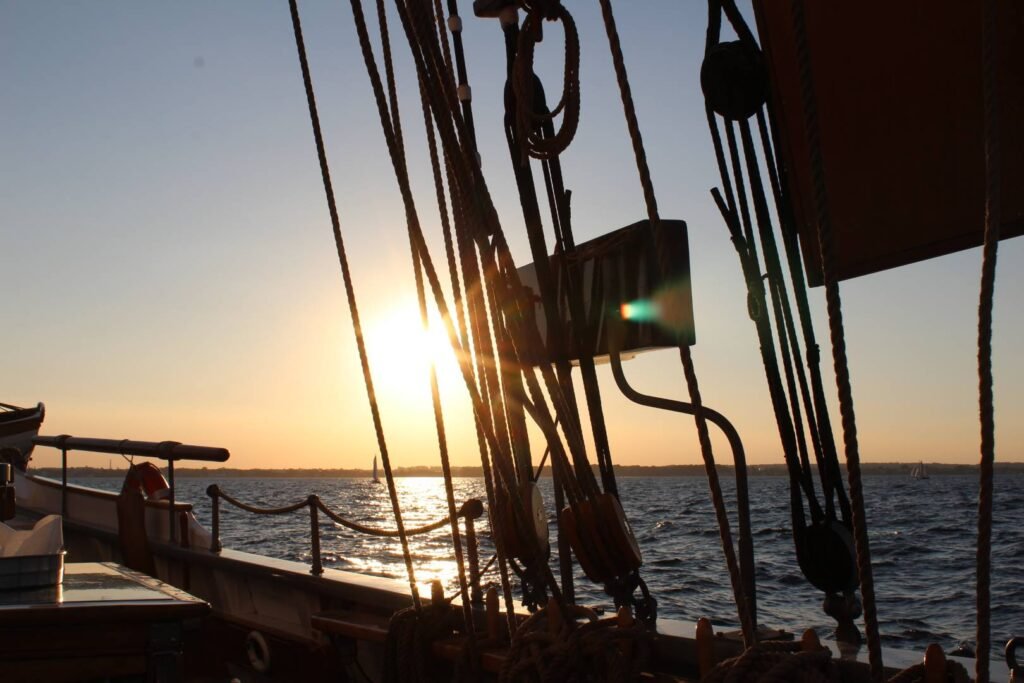
Naval traditions and superstitions also play a role in the gender assignment to ships. Sailors are known for their beliefs in luck and good fortune, and they often attribute these favorable conditions to a ship’s feminine persona. Many rituals and traditions performed onboard, such as christening ceremonies, are believed to bring good luck to the vessel.
Graceful Curves: Ships are often admired for their elegant and graceful curves. Just like the female form, they possess sleek lines and beautiful proportions. Referring to a ship as “she” highlights these aesthetic qualities and evokes a sense of beauty and elegance.
Moreover, a ship’s naming ceremony, traditionally performed by a woman, signifies the bond between the vessel and femininity. These rituals and customs have become an integral part of naval culture, reinforcing the notion of a ship as a “she.”
Also Read: Top 10 Largest Ship Propellers In The World
Naval Terminology and Linguistics

The linguistic gender assignment of ships has its roots in the evolution of language and naval terminology. In many languages, including English, gender pronouns are assigned to objects, and ships were naturally associated with the feminine gender.
Over time, as languages evolved, this gender assignment became entrenched in maritime vocabulary. It became customary to refer to ships with feminine pronouns, further solidifying the notion of a ship as a “she” in linguistic practice.
Personification of Nation: Ships often represent a nation’s maritime prowess and strength. Just as a nation is personified as “Motherland” or “Mother Country,” ships embody the same symbolism. They become an extension of their nation’s identity, hence the feminine attribution.
Language Evolution: The use of gendered language has evolved over time. While it may seem unconventional in modern times, referring to ships as “she” was once a common practice. The remnants of this linguistic tradition have endured, preserving the historical significance within maritime communities.
The Concept of “Ship as a Home”
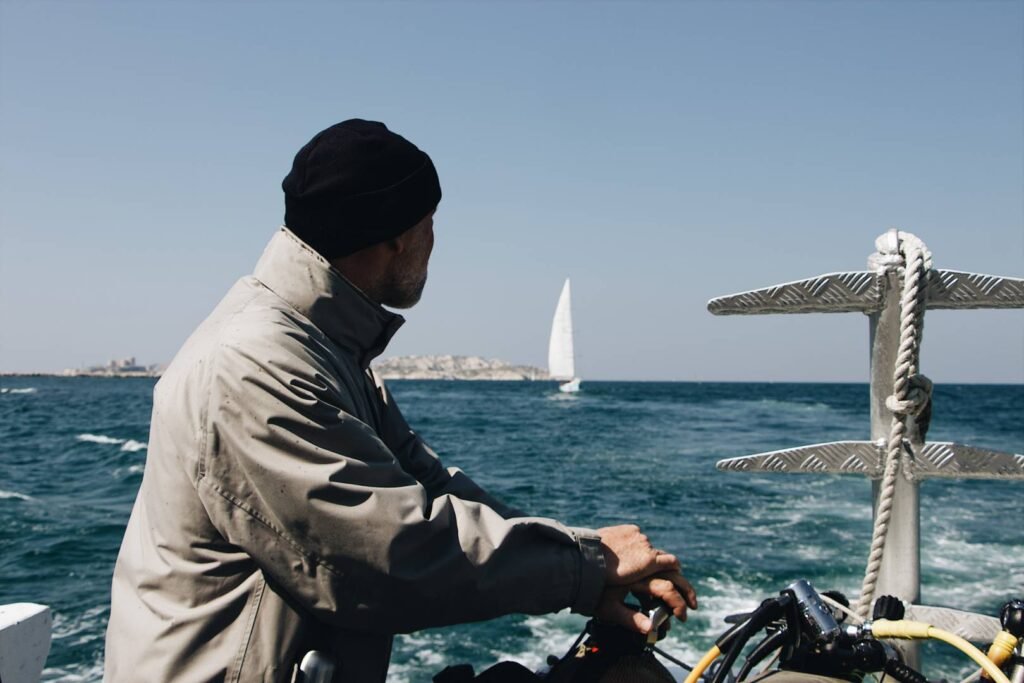
For sailors who spend extended periods at sea, a ship becomes their home away from home. It is a place of refuge and comfort amidst the vastness of the ocean. This concept of the ship as a home creates an emotional bond and familiarity, reinforcing the association with the feminine identity.
Strength in Adversity: Despite their delicate appearance, ships are designed to withstand the harshest maritime conditions. They exhibit strength and resilience in the face of tumultuous waves and fierce storms. By calling a ship a “she,” it symbolizes the hidden strength that lies within.
Onboard, sailors establish routines, form relationships, and rely on their vessel for survival. The ship provides shelter, sustenance, and a sense of belonging, akin to the warmth and security one finds within the walls of a home.
Also Read: Why a Smooth Sea Never Made a Skilled Sailor
Female Pronouns Are Often Used in Traditional Ceremonies
When new cruise ships are launched they will have a ceremony which is called the naming ceremony. The naming ceremony is designed to bring good fortune to the ship. It isn’t uncommon to hear the below:

It is usually the ship’s godmother who blesses the ship. The naming ceremony also usually includes the smashing of a bottle of champagne on the hull of the ship.
Vessel as an Extension of the Crew
In the maritime world, a ship is not merely an inanimate object but an extension of the crew. It represents their collective effort, trust, and loyalty. Sailors work together as a team to navigate and operate the vessel, relying on each other and the ship for their mutual success.
This close-knit relationship between sailors and their ships strengthens the perception of the vessel as a feminine entity. Just as one would assign a gender to a close friend or companion, the crew personifies their ship and embraces it as an integral part of their maritime journey.
Historical Role of Women in Navigation
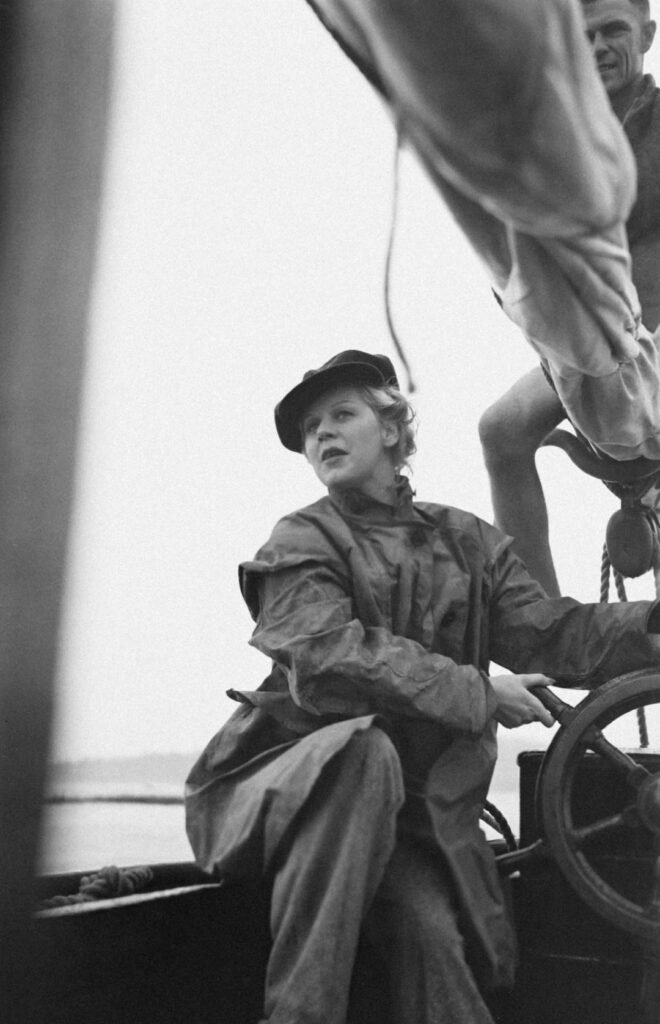
Throughout history, women have played crucial roles in navigation and maritime endeavors. Despite societal constraints, some women defied norms and became trailblazers in the maritime world. They took command of ships, explored uncharted territories, and contributed significantly to shipbuilding and repair.
The historical association of women with ships further reinforces the tradition of referring to ships as “she.” It pays homage to the courage, strength, and resilience of these pioneering women who left an indelible mark on maritime history.
Romanticization of the Sea
The sea has long been romanticized in literature, art, and folklore. By assigning feminine pronouns to ships, it adds to the mystique and allure associated with maritime adventures. It fuels the imagination and conjures images of epic voyages and tales of love and loss on the open ocean.
Nautical Superstitions: Sailors are notoriously superstitious, and many believe that referring to ships as “she” brings good luck and protects against misfortune. These superstitions, deeply ingrained in seafaring culture, perpetuate the use of feminine pronouns for ships.
Many Believe That a Female Ship Would Provide a Protective Role

Traditionally sailors would spend long periods of time at sea and would often become very attached to the ships that they sailed on. It wasn’t uncommon for the sailors to speak affectionately of ‘their’ ship. Many people believe that ships are given female pronouns because of the protective role that the ships provide.
Between the 16th and 20th century it wasn’t uncommon for a ship to have a figurehead on the front of the ship. These were usually beautiful women and the figurehead was often described as protecting the ship and looking after those who sailed on her.
It’s worth noting that not all ships had female figureheads, some ship’s figureheads would depict males and some would be of things like unicorns, lions, or mermaids.
“Why We Call a Ship a She?”
By Rear Admiral Francis D. Foley, U.S. Navy (Retired), Naval History, December 1998
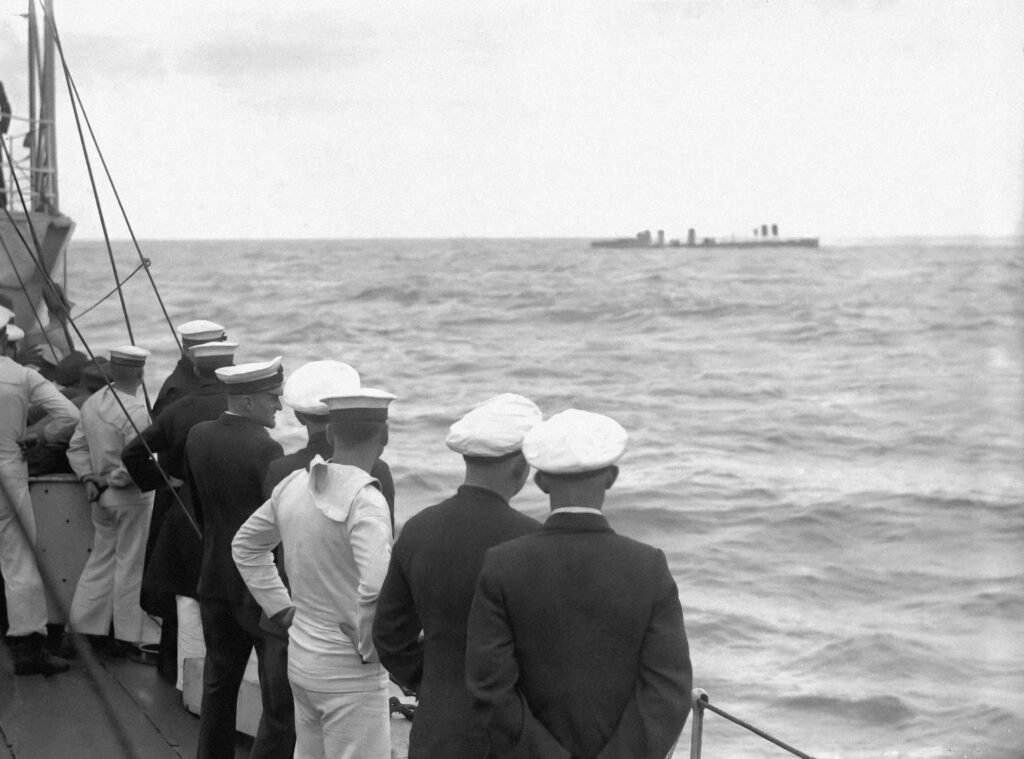
“Ships are referred to as ‘she’ because men love them, but this encompasses far more than just that. Man-o’-war or merchantman, there can be a great deal of bustle about her as well as a gang of men on deck, particularly if she is slim-waisted, well-stacked, and has an inviting superstructure. It is not so much her initial cost as it is her upkeep that makes you wonder where you founder.
She is greatly admired when freshly painted and all decked out to emphasize her cardinal points. If an aircraft carrier, she will look in a mirror when about to be arrested, and will wave you off if she feels you are sinking too low or a little too high, day or night. She will not hangar around with duds, but will light you off and launch you into the wild blue yonder when you muster a full head of steam.
“Even a submarine reveals her topsides returning to port, heads straight for the buoys, knows her pier, and gets her breast-lines out promptly if she is single-screwed. On departure, no ship leaves port asleep, she always leaves a wake. She may not mind her helm or answer to the old man when the going gets rough, and can be expected to kick up her heels on a family squall.
“A ship costs a lot to dress, sometimes blows a bit of smoke, and requires periodic overhauls to extend her useful life. Some have a cute fantail, others are heavy in the stern, but all have double-bottoms which demand attention. When meeting head-on, sound a recognition signal; whistle. If she does not answer up, come about and start laying alongside, but watch to see if her ship is slowing . . . perhaps her slip is showing? Then proceed with caution until danger of collision is over and you can fathom how much latitude she will allow.
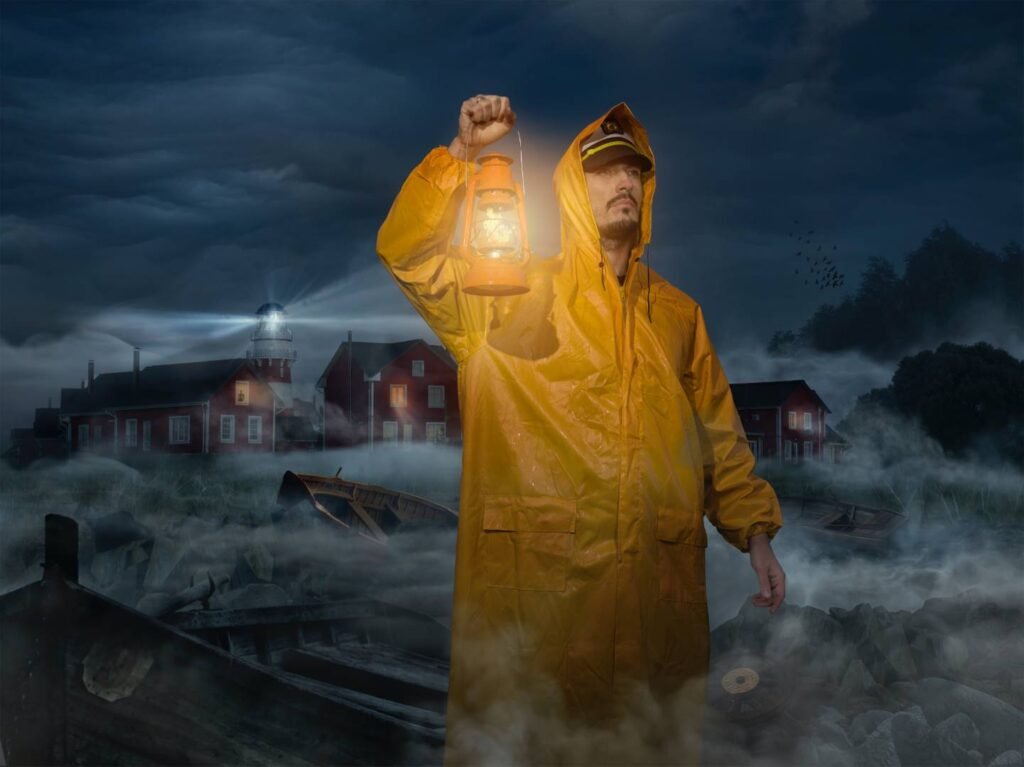
“If she does not remain on an even keel, let things ride, feel your way, and do not cross the line until you determine ‘weather’ the “do” point is right for a prolonged blast. Get the feel of the helm, stay on the right “tact”, keep her so, and she will pay off handsomely. If she is in the roaring forties, however, you may be in the dangerous semi-circle, so do not expect much “luff,” especially under bare poles.
“She may think you are not under command or control and shove off. If she edges aweigh, keep her steady as she goes, but do not sink into the doldrums. Just remember that ‘to furnish a ship requires much trouble, but to furnish a woman the cost is double!’
“To the women who now help us “man” our ships, my apologies for the foregoing. Only the opening phrase presents my true feelings. After all, a ship’s bell(e) will always remain her most prized possession, and every good ship has a heart, just like yours. A trick at the wheel, like you, would have been welcome aboard when I was on “she” duty for 40 years. May God bless you all, sweetheart!”
There Has Been Increasing Controversy Surrounding Calling Ships ‘She’
In recent years there has been an increase in controversy surrounding the tradition of using female pronouns when talking about ships.
A museum in Scotland had many signs vandalized, the vandal had crossed out the word she on each sign. When the signs were replaced by the museum the word ‘she’ was replaced with it. The museum has also said that all new signage will be produced referring to the ships as ‘it’ instead of she.
The museum states that the change wasn’t due to the vandalism but a change in language.
There are many other museums and people who have decided to no longer refer to ships as she.
Lloyd’s Register on this..
Lloyd’s register (maritime classification society) decided to stop referring to ships as she in 2002. The Royal Navy continues to refer to ships as she and says that they will continue to do so.
The Myths Surrounding Why Ships Have a Female Gender
If you ask many people why ships have a female gender you’ll probably receive some of the below responses. These responses are much of what has caused the controversy mentioned above.
Reasons I have heard include:
- “It costs a lot to keep a ship in powder and paint, like a women”.
- “A ship is like a women, unpredictable”.
- “Ships and women, they’re both high maintenance”.
Although I doubt the people who provide the above answers are being intentionally misogynistic there is no doubt that the above statements are offensive to many.
I doubt that any of these ‘reasons’ truly paid a part in the language we use today.
What Really Shaped Our Language?
In reality, it is likely that ships are given a female gender due to be a combination of the evolution of language and personal preferences of sailors.
Through tradition, the practice of referring to ships by female pronouns has remained consistent for centuries. Despite the recent controversy, it is likely that the tradition will continue for years to come.
In conclusion,

the practice of calling a ship a “she” is deeply rooted in tradition, symbolism, and cultural beliefs. It encompasses the personification of ships as graceful and nurturing entities, drawing parallels to femininity, motherhood, and the historical roles of women in navigation. Superstitions, linguistic evolution, and the emotional bond formed between sailors and their vessels all contribute to the enduring tradition of referring to ships as “she.”
By embracing this linguistic convention, we pay tribute to the profound connection between sailors and their ships, acknowledging the remarkable journeys undertaken across vast oceans.
You may also like,
- Bold Quotes from Women about Men
- 30 Best Old Sailor Quotes & Sayings
- Vitamin Sea Quotes That Will Make You Want to Live by the Sea
- Best Caption Seaman Quotes for Instagram, Facebook
FAQs about Why Ships are Called “She”
1. Why are ships called “she” and not “he”?
The tradition of calling ships “she” originates from the personification of ships as female entities throughout history. This linguistic practice symbolizes the nurturing, protective, and graceful qualities associated with women.
2. Do all ships have feminine names?
No, not all ships have feminine names. While the tradition of calling ships “she” is prevalent, ship names can vary, and they are not always explicitly feminine. However, the use of feminine pronouns persists regardless of the ship’s name.
3. Are there any exceptions to calling ships “she”?
There are rare exceptions where ships are referred to as “he.” These exceptions often occur when the ship has been named after a male figure or when specific maritime traditions dictate the usage of male pronouns.
4. Does calling ships “she” have any practical implications?
No, referring to ships as “she” is purely a linguistic convention and does not have any practical implications on the operation or functionality of the ship itself. It is a cultural practice deeply rooted in maritime traditions.
5. Is the practice of calling ships “she” still common today?
While the maritime industry has become more inclusive and gender-neutral in its language, the tradition of calling ships “she” persists in certain contexts. It is primarily seen in traditional and historical contexts, such as literature, folklore, and among seasoned sailors.
6. How does referring to ships as “she” impact gender perceptions?
Referring to ships as “she” does not have a direct impact on gender perceptions. It is a linguistic tradition deeply embedded in maritime culture and does not have implications beyond the context of ship terminology.
As we conclude our journey into the fascinating and funny Reasons, we have uncovered the 10 reasons Why ship is called She. From historical personification to nautical superstitions, the tradition of using feminine pronouns for ships is steeped in history and seafaring lore.
While the maritime industry evolves and embraces more inclusive language, the practice of calling ships “she” remains a testament to the enduring traditions and rich heritage of sailors.
So, the next time you gaze upon a majestic vessel, remember the legacy behind this linguistic quirk and embrace the spirit of the sea.

